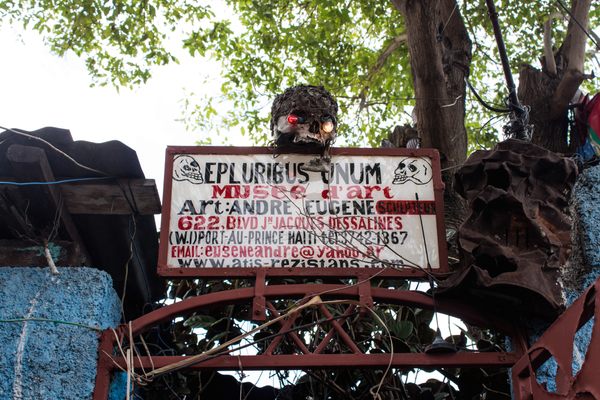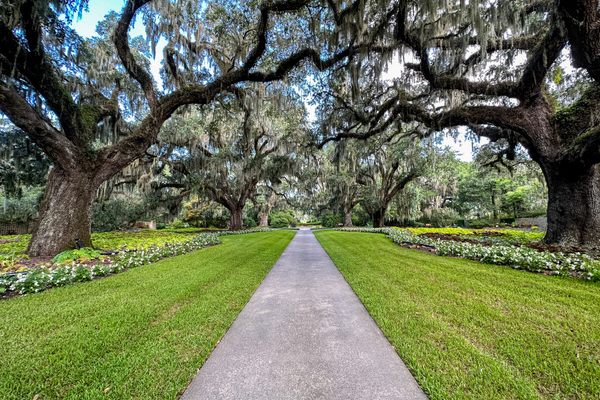About
The museum lies just off Boulevard Jn J Dessalines, in the Haitian capital of Port-au-Prince. Set back from the main road behind a muddle of motorbikes and old cars, the wrought iron gate which marks the entrance is presided over by a human skull, red and white Christmas lights poking gaudily from its gaping eye sockets. Beneath the skull, a Latin slogan reads: "E Pluribus Unum"; out of many, one.
Welcome to Atis Rezistans.
The place is a museum, an art collection, and a gallery. No matter what you call it, this courtyard tucked away behind the boulevard seems to defy any standard definition. The open-air space is crammed full of sculptures, ranging from palm-sized figurines through to towering daemonic effigies that hunch menacingly over the heads of visitors.
If there is one uniting theme to this collection, other than the artists' obvious penchant for the macabre, then it is the notion of salvage and recycling. The founding sculptors of the Haitian collective, André and Celeur, grew up around the area of Grand Rue in Port-au-Prince. Born out of a climate of "junkyard make-do, survivalist recycling, and artistic endeavor," their self-taught artistic skills reflect the challenges of growing up in such an environment. Theirs is a unique and yet well-defined artistic style, one which prescribes the juxtaposition of metal and flesh, wood and bone. The work of the Grand Rue sculptors is often challenging. Disturbing, even. Children's dolls appear stitched onto vacuum cleaners, while twisted automobile parts have been joined to human remains to create bizarre and otherworldly totems.
Now working with an expanded team of sculptors and artists, André and Celeur continue to use everyday items to tell new stories. The symbology of their work incorporates powerful themes of death and rebirth; of Vodou, Christianity and occultism; of slavery, of inevitable industrialization and its dystopian sci-fi aftermath.
Related Tags
Community Contributors
Added By
Published
June 24, 2013









































